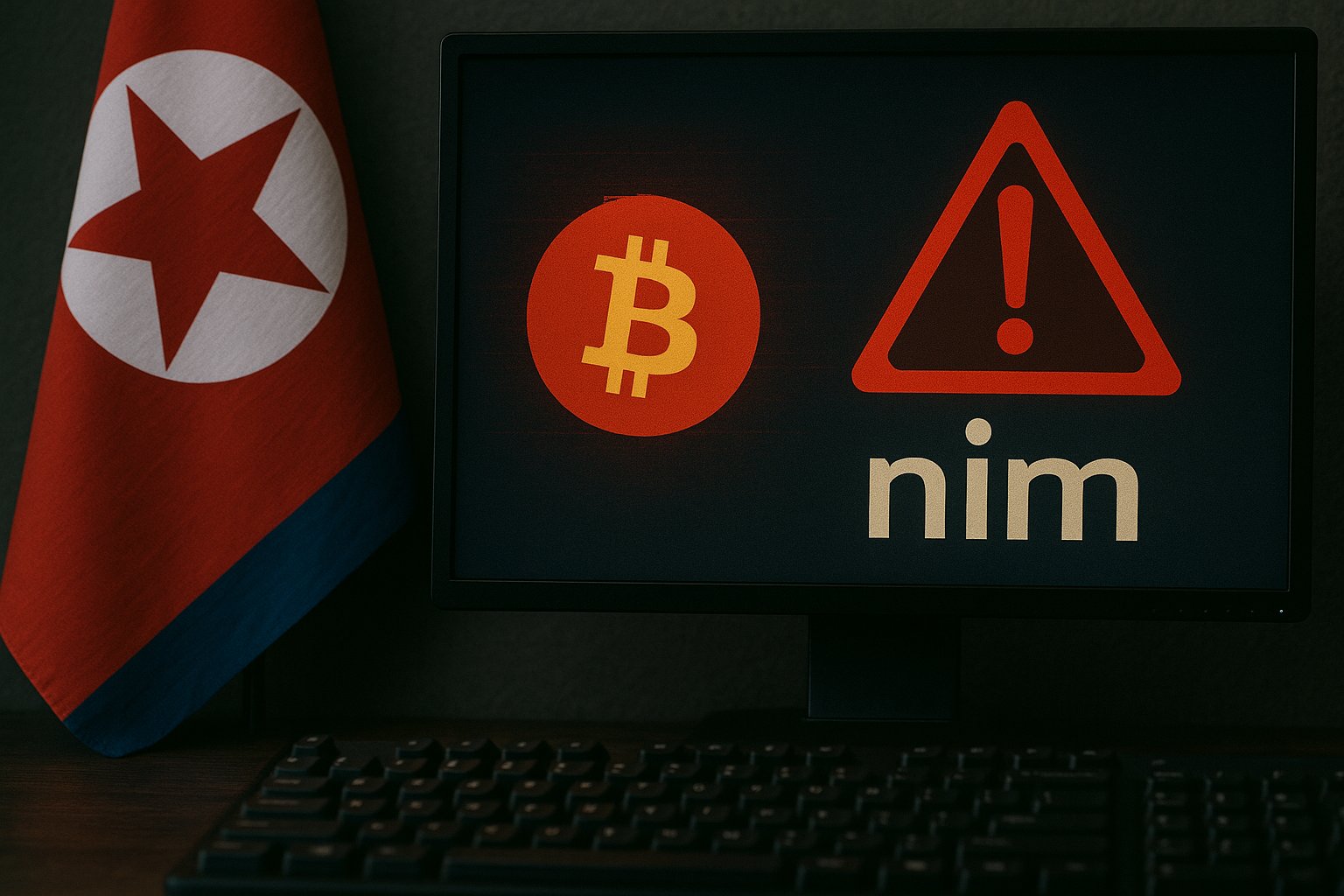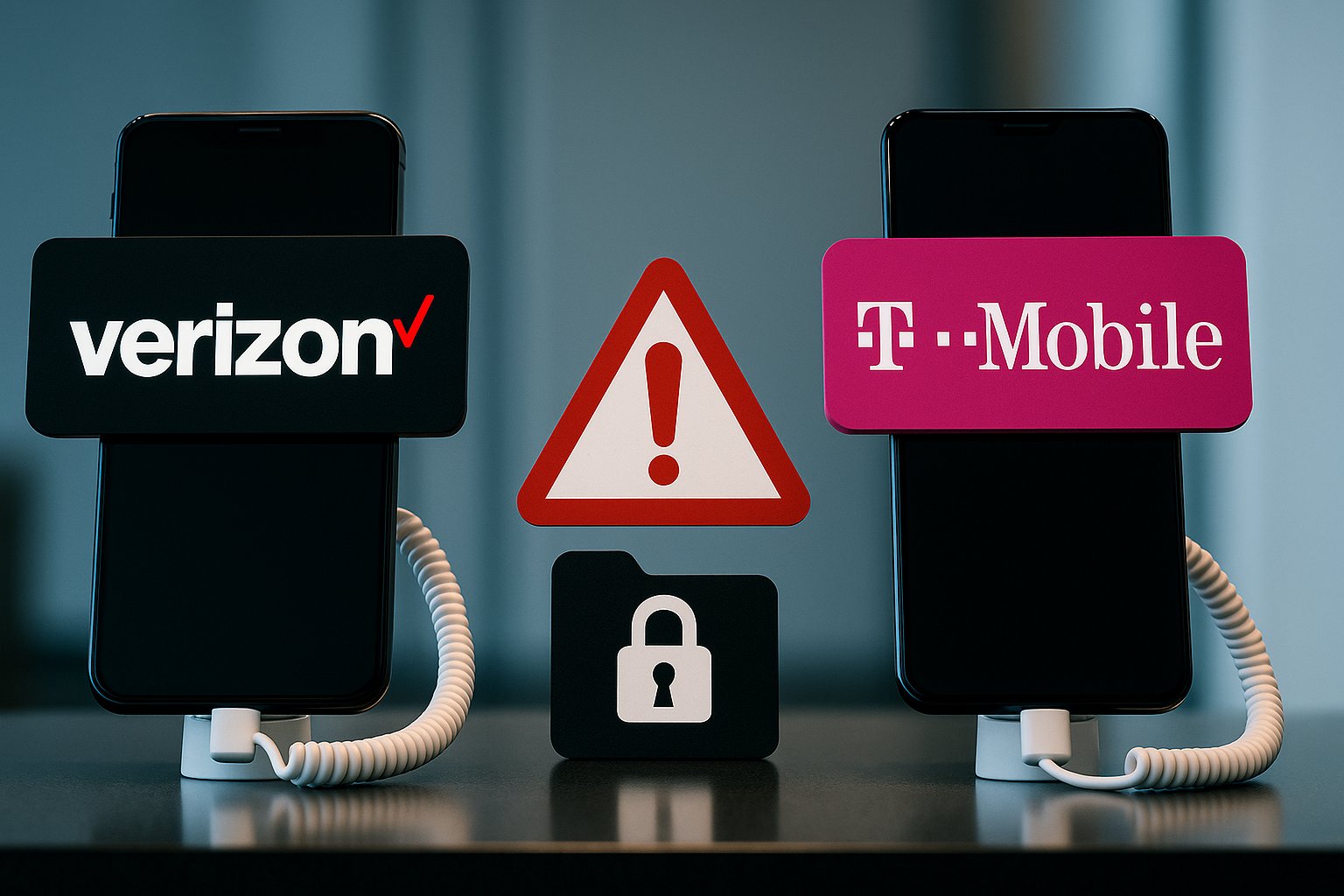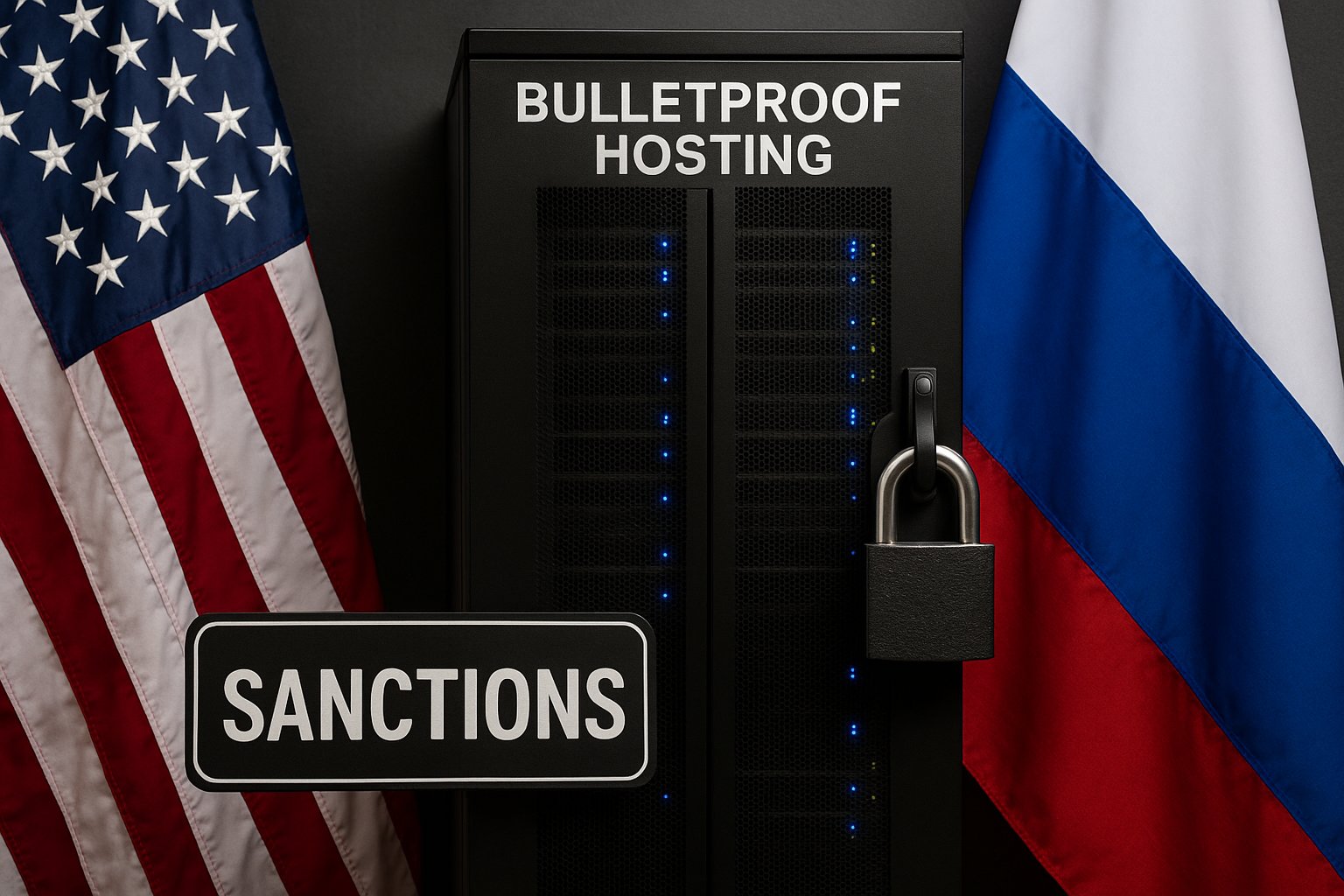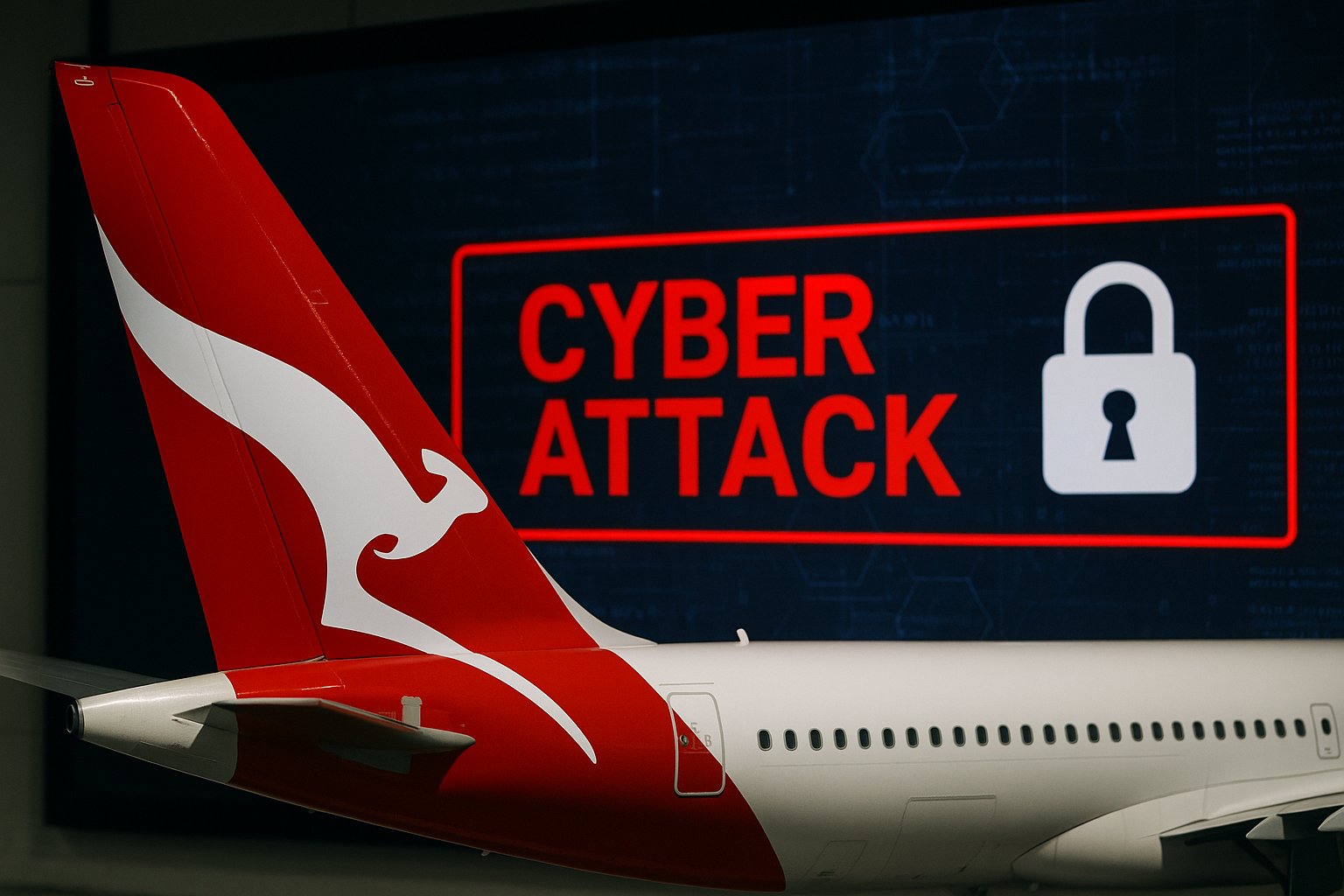Cybercrime
-
Telefónica Data Breach Allegations: Hacker Claims Extensive Data Leak
A hacker, known as ‘Rey,’ claims to have leaked 106 GB of data from Telefónica, asserting that the breach occurred due to a misconfigured JIRA server. Despite the claims, Telefónica has yet to acknowledge the incident publicly.
-
French Cybersecurity Agency Warns of Chinese Hackers Exploiting Ivanti CSA Vulnerabilities
The French cybersecurity agency has revealed that a Chinese hacking group exploited vulnerabilities in Ivanti’s Cloud Services Appliance, impacting various sectors in France. This operation marks a significant escalation in cyber threats aimed at critical infrastructure.
-
Russian APT Gamaredon Intensifies Phishing Campaigns Against Ukraine
Gamaredon, a Russia-aligned APT, has intensified its spear-phishing attacks on Ukrainian government institutions, revealing a significant increase in sophistication and employing new stealth capabilities in its operations.
-
North Korean Hackers Target Web3 and Crypto Businesses with Nim-based Malware
North Korean hackers are increasingly targeting Web3 and cryptocurrency sectors with sophisticated Nim-based malware, employing advanced tactics including social engineering and remote process injection techniques to extract sensitive information from compromised systems.
-
Security Flaw in Forminator Plugin Puts Over 600,000 WordPress Sites at Risk
The Forminator plugin for WordPress, used on over 600,000 sites, has a high-severity vulnerability (CVE-2025-6463) that could allow attackers to execute arbitrary file deletions, potentially leading to complete site takeovers. Users are urged to update to the latest version or disable the plugin immediately to avoid exploitation.
-
Verizon and T-Mobile Deny Data Breaches amid Claims of Stolen User Records
Verizon and T-Mobile US deny recent data breaches despite claims by a hacker selling sensitive customer information. The allegations involve millions of personal records being offered online, prompting both companies to assure customers that the data is not current. However, users remain cautious due to each company’s history with data security.
-
U.S. Sanctions Russian Bulletproof Hosting Provider Amid Cybercrime Crackdown
The U.S. Treasury has imposed sanctions on Russian bulletproof hosting provider Aeza Group for its facilitation of cybercrime activities, marking a significant step in the government’s ongoing efforts to combat ransomware and related threats.
-
Qantas Cyberattack Exposes Data of Six Million Customers
Qantas has revealed a cyberattack that resulted in the theft of data belonging to six million customers. The airline assures that it is investigating the incident while maintaining the security of its operations.










